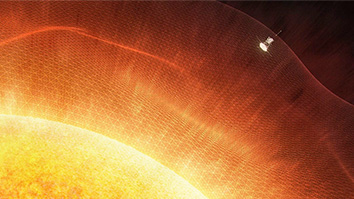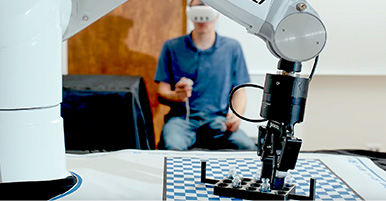Citation
Goldstein, C., & de Zambotti, M. (2022). Into the wild… the need for standardization and consensus recommendations to leverage consumer-facing sleep technologies. Sleep, 45(12), zsac233.
Extract
Sleep tracking devices marketed directly to consumers have resulted in the large-scale monitoring of sleep outside the research/clinical context. Consumer sleep tracking devices, worn by or placed near the user (wearables and nearables, respectively), allow for an ecologically valid, objective assessment of sleep patterns that historically were assessed through labor-intensive and sometimes incomplete or potentially inaccurate self-report tools.
Wearable sleep tracking technologies have evolved over the past decade. By considering sensor capability and contribution to sleep outcomes, most devices now incorporate photoplethysmography (PPG), an optical measure of variation in small vessel blood volume. The use of PPG allowed fitness trackers and smartwatches to move beyond activity tracking and sleep/wake classification to include recording of cardiac parameters and derived values such as pulse rate variability, which act as powerful inputs to sleep staging algorithms. More recently, oximetry measurement has become available from PPG, and a growing number of devices now tout respiratory assessments as their most important feature. Following in the footsteps of atrial fibrillation detection, some manufacturers have sought US Food and Drug Association (FDA) clearance for their PPG-based respiratory assessments.


